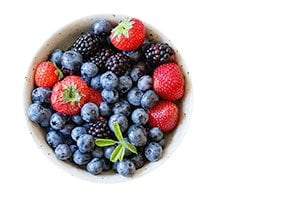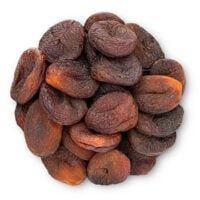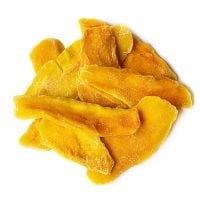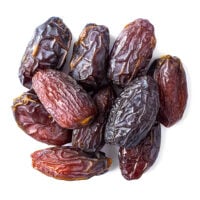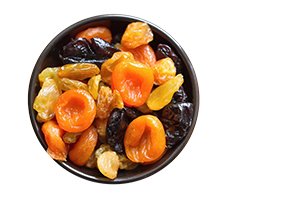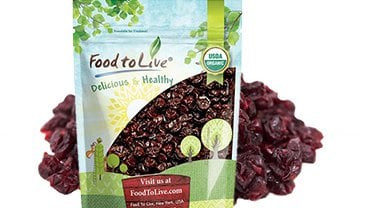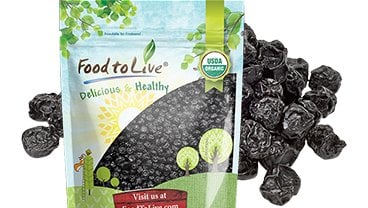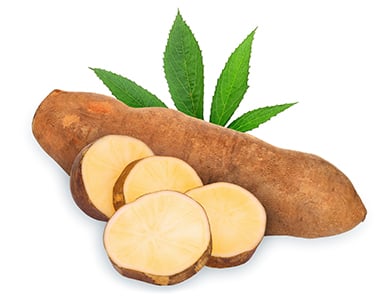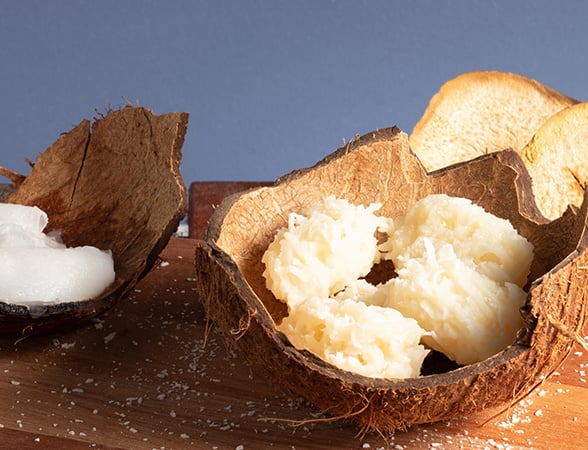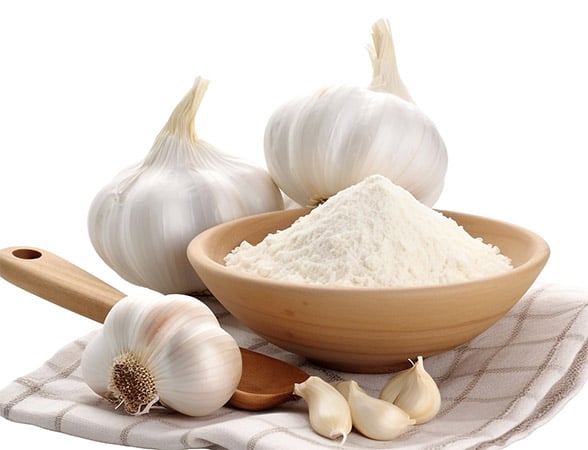September 13, 2019 · Written by Foodtolive Team
Cranberries: Nutrition Facts & Healthy Reasons To Eat More
With summer coming to a close and autumn quickly approaching, it’s the season to find new favorites to fall in love with. This is the perfect time of year to try fresh seasonal foods that are full of nutritional and health benefits, such as cranberries.
Mid-September through mid-November is the peak time for cranberry harvests in North America, where they will be their most flavorful and colorful, as well as their most nutritious. That’s why autumn is the time of year to find the best-tasting cranberries and learn the many ways to eat more of them.
Cranberries are commonly known to help alleviate urinary tract infections. But they also have several other perks that make them a worthwhile addition to any diet. Plus, their nutritional makeup promotes better overall bodily functions and well-being.
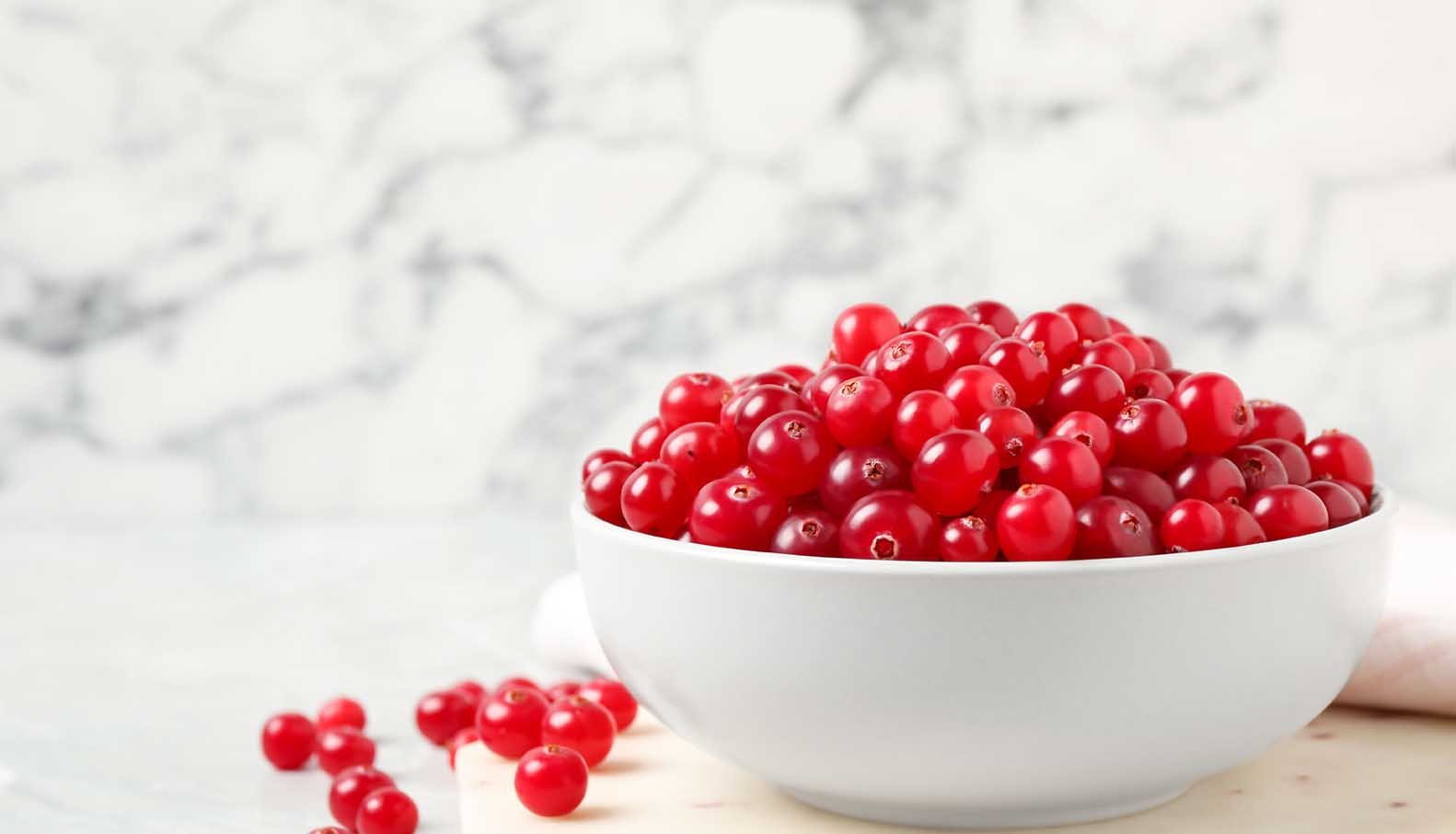
Nutritional Information and Profile
Although cranberries are 90% water, the other 10% is more than enough for the healthy carbs and fiber they contain. Here’s what the nutrition facts for a single cup of fresh cranberries look like:
- 46 calories
- 4.6 grams of fiber
- 12.2 grams of carbohydrates
- 0.4 gram of protein
- 4 grams of sugar
- 0.1 gram of fat
Cranberries are an excellent source of both soluble and insoluble fiber, which is why they are so good for assisting with digestive help. But it’s also important to note that, like most high-fiber foods, eating large amounts of cranberries can lead to digestive problems such as diarrhea.
Similarly, cranberry juice has grown in popularity, but it has no fiber and often combined with other fruit juices as well as large amounts of sugar.
As for vitamins and minerals, cranberries are packed full of them:
- Vitamin C, which is the primary antioxidant in this fruit. Not only does vitamin C boost the immune system, but it also improves skin, muscle, and bone health.
- Manganese, a mineral that fuels the body’s growth, speeds metabolism and builds up its antioxidant system to effectively fight free radicals.
- Vitamin E, a fat-soluble antioxidant that protects cells from oxidative stress and damage.
- Vitamin K1, a necessary component in helping blood clot.
- Copper, a mineral found in the blood that works with iron nutrients to form red blood cells. Western diets often do not contain enough copper, which can lead to poor heart health.
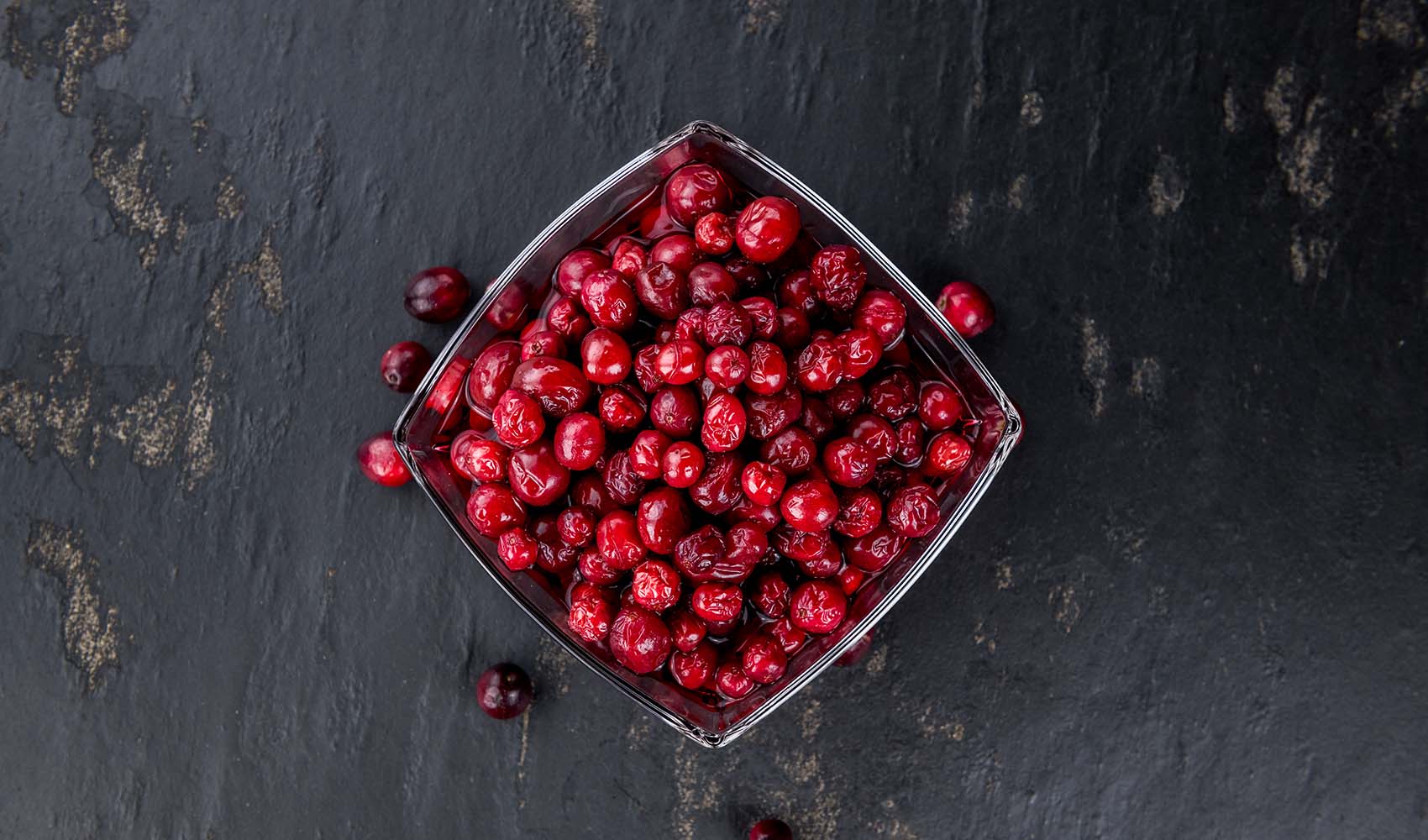
Health Benefits Of Cranberries
Cranberries are often the go-to remedy for UTIs because of their plentiful amounts of an antioxidant called proanthocyanidins (PACs). PACs prevent some types of bacteria from sticking to the walls of the urinary tract and infecting it. But, be aware that cranberry juice does not offer the same relief that raw cranberries provide.
Sponsored by Food to live
Better urinary tract function isn’t all that cranberries can do, though. Here are some lesser-known, but just as viable benefits:
Support Cardiovascular Health
Cranberries contain a micronutrient called polyphenol. This compound could lower the chances of cardiovascular disease by reducing blood pressure, inhibiting the buildup of platelets, and ease inflammation.
Protection Against Cancer
While cranberries can’t cure cancer, researchers have found that they may curb tumor growth as well as positively affect prostate, liver, breast, ovarian, and colon cancers.
Better Oral Health
Eat cranberries to improve teeth and gums between dental check-ups. They help block plaque and other bacteria from sticking to teeth, which can also avert gingivitis and gum disease.
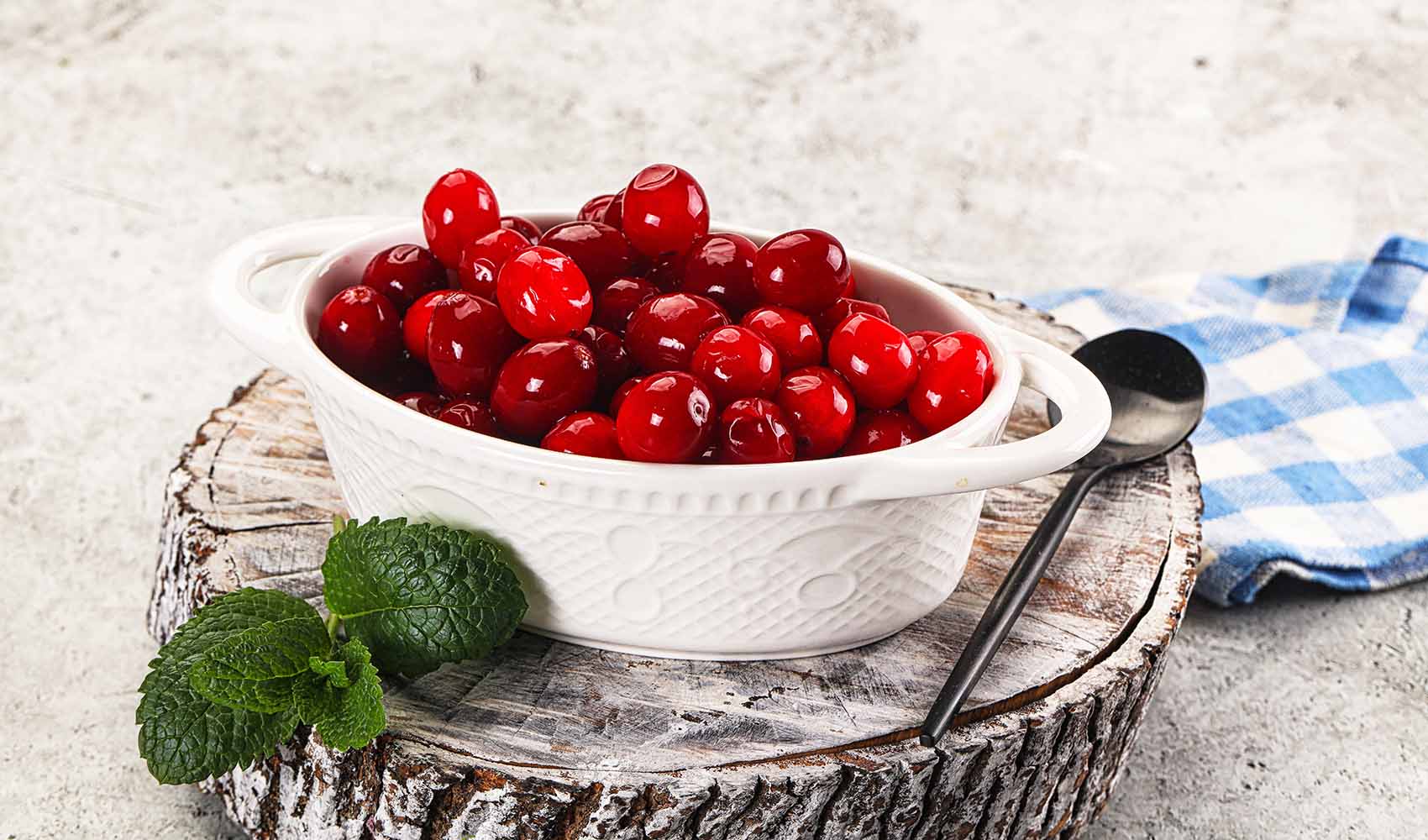
How To Eat More Cranberries
Cranberries often aren’t eaten on their own because of their intensely tart flavor. But, there are plenty of ways to include them in a well-balanced diet and reap the advantages autumn’s small red gem has to offer.
Cranberries are often consumed as juices, jams, sauces, and of course, cranberry pie. However, some of these options have loads of sugar, which often negates the health benefits that this berry ordinarily gives.
Another way that people can get more of this fruit without the sour taste is by taking supplements or powders. Make sure to read the package label carefully. And, make sure that what you are buying doesn’t have filler ingredients or contain just a small percentage of cranberry extract.
Here are some ideas to try with the season’s freshest cranberries:
- Freeze them as a quick, on-the-go snack. The temperature might be falling, but there are bound to be some warm days left. Try freezing cranberries and grapes together for a refreshing, sweet treat.
- Make homemade trail mix using dried cranberries. Making your own gives you the freedom to include all the ingredients you like and gives you more power to make a healthier mix. Add a couple of cups of dried cranberries to add an antioxidant punch.
- Add to oatmeal, porridge, smoothies, or other healthy breakfast. Try with cinnamon and bulk it up with protein from raw walnuts.
Bottom Line
There are many reasons why cranberries should be a regular part of any diet, and autumn is the perfect time to try it.
Check out our organic dried cranberries. They’re great for keeping in your bag, car, or anywhere else for easy snacking.

